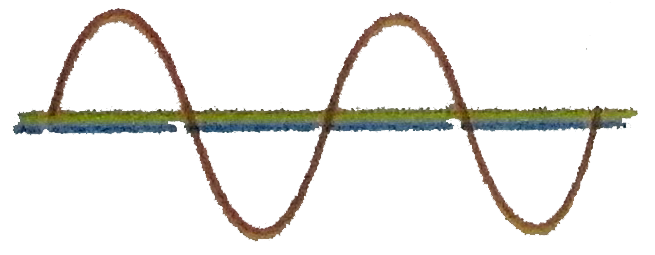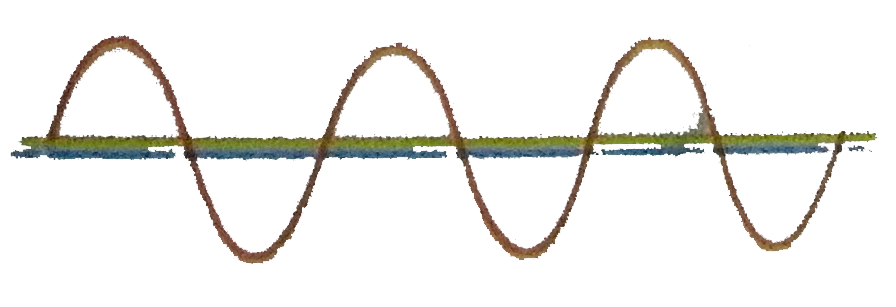Why are de-Broglie waves with a moving foot ball not visible?
Let mass of football, m=200 g =0.2 kg and v=2ms−1
Then, de-Broglie wave associated with the ball,
λ=hmv=6.62×10−340.2×1=3.31×10−33m.
Thus we find that the de-Broglie wavelength associated with the ball is of the order of 10−33 m and hence not visible.
Topper's Solved these Questions
- DUAL NATURE OF MATTER AND RADIATIONSBOOK - MBD -HARYANA BOARDCHAPTER - DUAL NATURE OF MATTER AND RADIATIONSEXERCISE - LONG ANSWER TYPE QUESTION
1 Videos
- DUAL NATURE OF MATTER AND RADIATIONSBOOK - MBD -HARYANA BOARDCHAPTER - DUAL NATURE OF MATTER AND RADIATIONSEXERCISE - OBJECTIVE TYPE QUESTIONS
17 Videos
- DUAL NATURE OF MATTER AND RADIATIONSBOOK - MBD -HARYANA BOARDCHAPTER - DUAL NATURE OF MATTER AND RADIATIONSEXERCISE - OBJECTIVE TYPE QUESTIONS
17 Videos
- CURRENT ELECTRICITYBOOK - MBD -HARYANA BOARDCHAPTER - CURRENT ELECTRICITYEXERCISE - OBJECTIVE TYPE QUESTIONS
20 Videos
- E.M.I. and A.C.BOOK - MBD -HARYANA BOARDCHAPTER - E.M.I. and A.C.EXERCISE - Exercise
10 Videos
Similar Questions
Why are de-Broglie waves associated with a moving football not visible ?
The wavelength λ of a photon and the de-Broglie wavelength of an electron have the same value. Show that energy of the photon is 2λmch times the kinetic energy of the electron, where m, c and h have their usual meanings.
View SolutionWhy are de Broglie waves associated with a moving football is not apparent to us?
View Solution
Knowledge Check
The De-Brogli wave is
Aa mechanical waveBAn electromagnetic waveCneither mechanical wave nor electromagnetic waveDboth (1) & (2)de-Broglie wavelength λ is
Aproportional to massBproportional to impulseCinversely proportional to impulseDindependent to impulseThe de Broglie wave present in fifth Bohr orbit is:
A B
B C
C D
D
State de-Broglie hypothesis.
View SolutionState de-Broglie hypothesis.
View SolutionDe-Broglie wave are associated with a moving particle irrespective of.............on it.
View SolutionThe de Broglie waves are associated with moving particles. These particle may be
View SolutionThe de-Broglie waves associated with an electron moving under a potential difference of 100 V will have wavelength :
View Solution
